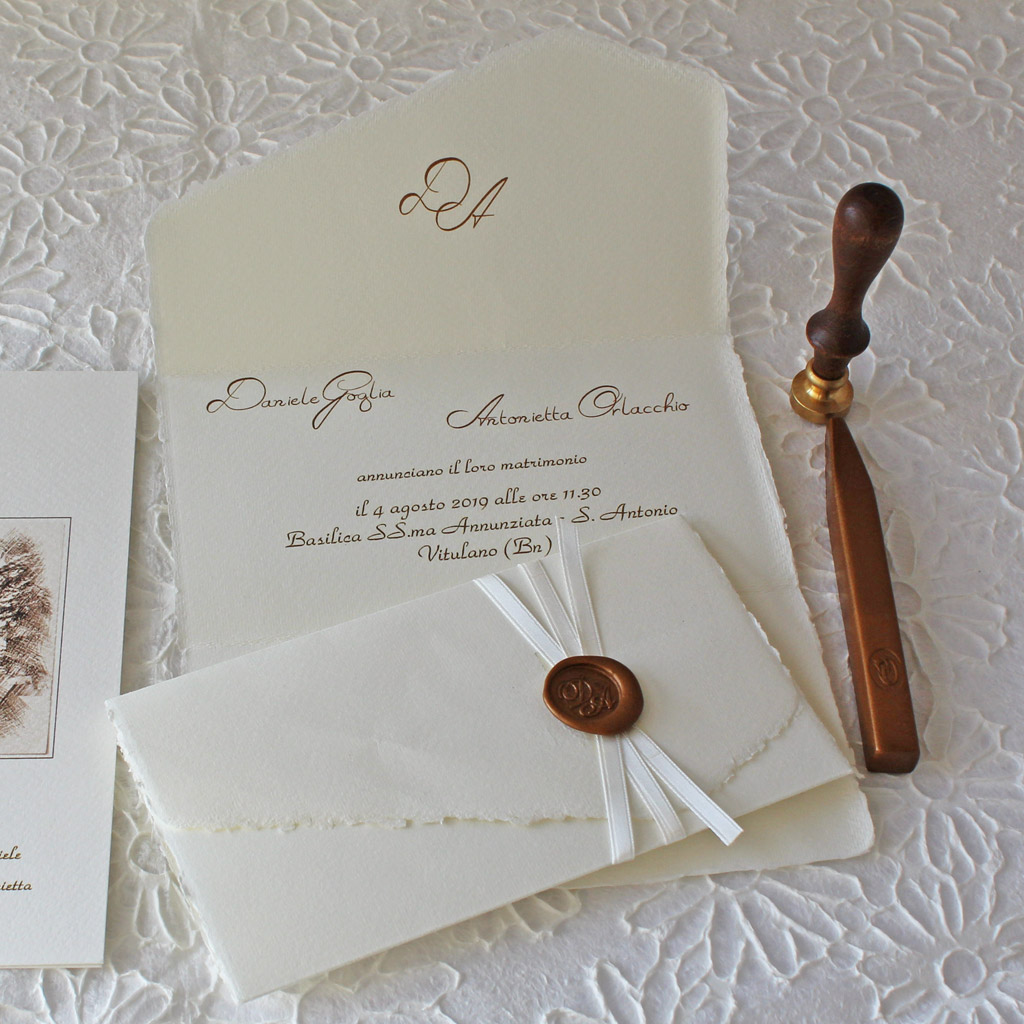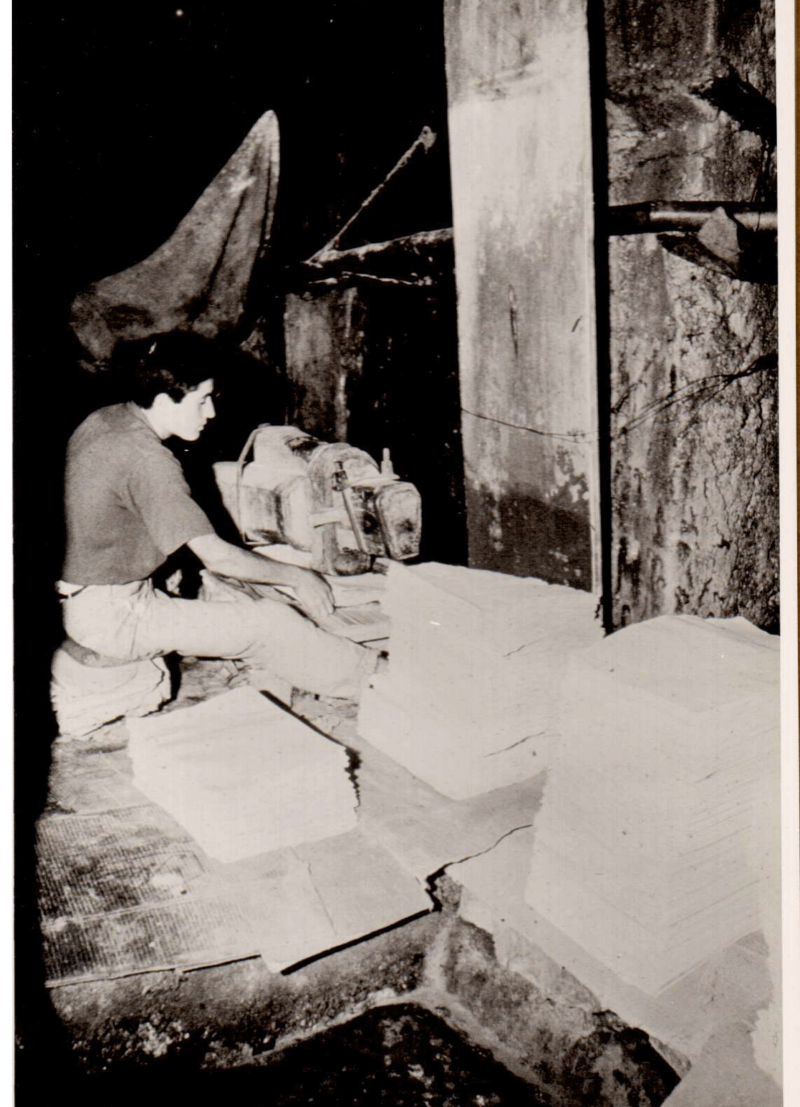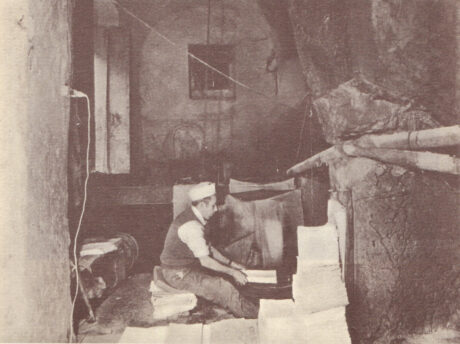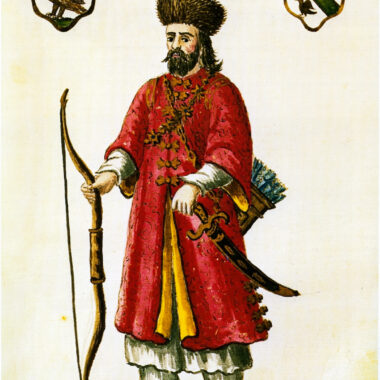The Charta Bambagina, better known as Amalfi Paper, represents Italian artisanal excellence with a tradition that has been passed down for over eight centuries. This esteemed production process is safeguarded by various families of paper masters, among which the Amatruda family stands out, and has its roots in ancient artifacts from the Middle East.
Today, let’s explore the history, tradition, and Italian essence of this high-quality artisanal product, retracing the key stages that have characterized its development and widespread success both nationally and internationally.
A Unique and Inimitable Production Process
What sets Amalfi Paper apart from other similar products is undoubtedly its historic manufacturing process, finely regulated by a master in the art of paper-making.
Production Without Cellulose
In contrast to other similar products, handcrafted Amalfi Paper doesn’t use cellulose. The raw material essentially consists of cotton, linen, or wool fabrics collected in specific piles, nothing more than stone vats. Skilled artisans then use wooden mallets to transform the rags into a malleable and workable pulp. The use of nails of different sizes at the ends of these tools is one of the distinctive phases that determines the thickness and weight of the paper sheets.
The prepared pulp is collected in a masonry container, the so-called tino, and amalgamated with a special glue derived from the skin of various animals. The paper mill then enters the limelight: the wooden form with the watermark is lowered, attributable to both the paper masters and the type of paper produced. The pulp adheres to the form and is then transferred to specific felt cloths, creating a stack of very moist paper sheets alternating with felts. After pressing to remove all the water, the sheets are left to dry in the air in the spandituro.
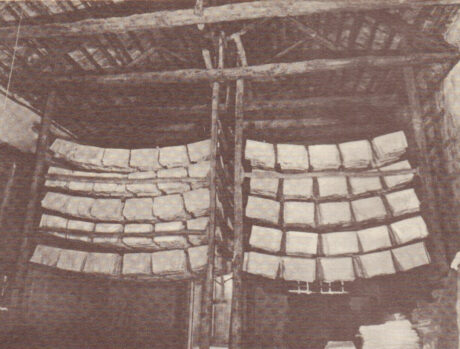
Once dry, the sheets move to the allisciaturo, where high-quality sheets are separated from those of secondary choice, which are manually folded.
A Complex and Challenging History

The history of Amalfi Paper traces back to the Middle Ages, during a period of splendor for the coastal city. Amalfi‘s merchants came into contact with the famous paper of the Arabs, who had learned the technique centuries earlier from the Far East. The people of Amalfi, present in Sicily and the major ports and commercial centers of the Arab caliphates in Africa, were the first to learn the production techniques.
The first official document dates back to 1231, when King Federico II of Sicily prohibited the use of paper for official documents, favoring parchment for its greater resistance. In 1268, it seems that a merchant had already purchased cotton to turn it into reams of paper, indicating the existence of at least one paper mill in the Amalfi region.
The Birth of the First Paper Mills in the Valley of Mills
Amalfi quickly became a European hub for paper production. In the 14th century, water mills underwent a gradual transformation, first into mills and then into paper factories. That stretch of land near abundant water soon became the Valley of Mills.
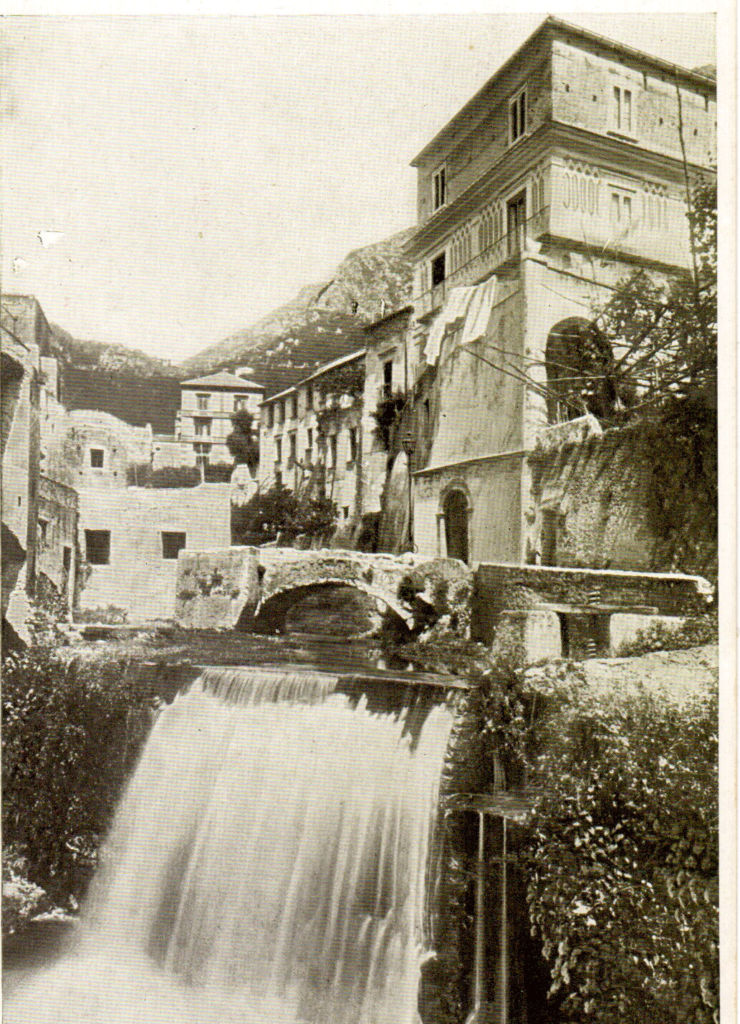
The progressive investment in national bureaucracy led to an increased demand for public and private documents, prompting the installation of numerous mills. This was also driven by the imminent obligation for priests to transcribe marriages, ceremonies, and baptisms on paper.
From the bibliographic treaty The Wealth of Amalfi, we can summarize much of the wealth of the country in the hands of a few paper-making families: only the Amatruda, Bonito, Cimino, Lucibello, Taiano, and Torre families owned 12 paper mills in the 18th century.
From the Decline of the 18th Century to the Rebirth
With the advent of the first signs of automation, manual production gradually transitioned to mechanized production. This productive change required significant capital, which the families involved in paper production certainly did not possess. Nevertheless, during that period, there were as many as 38 active paper mills in Amalfi.
The final years of the Bourbon regime, roughly in the mid-1800s, were particularly challenging for the paper industry. The unfortunate location of the Valley of Mills, supply difficulties, and competition with more modern and mechanized industries marked the beginning of a productive decline. All of this was further exacerbated by the flood of 1954, from which only a few factories survived.
Luigi Amatruda and the Change of Course

In an atmosphere of uncertainty and impending failure, Luigi Amatruda, a descendant of the historic Amatruda paper-making family, decided to bring innovation where it had never reached before. He chose to overturn the focus of production and concentrate on a high-quality product aimed at luxury publishing and the artistic world, differentiating itself in the market from what other paper mills were already offering.
The adaptation of machinery to new formats and characteristics of paper sheets was necessary, although it was unfortunately not possible to fully return to manual production due to the production costs. The revolutionized Amalfi Paper is now recognized nationally and internationally in the fields of writing, drawing, and publishing.
Amalfi Paper is Still an Italian Pride Today
Currently, Amalfi Paper is involved in numerous collaborations with the publishing world, including the edition of Virgil’s Aeneid for Elefante. Other significant works include Shakespeare’s Hamlet and Petrarch’s Canzoniere for Tallone editions, while the Vatican continues to use Amalfi Paper for correspondence and high-quality publishing, symbolizing the significant reputation that the Amalfi paper mill has earned over the centuries. Additionally, its exceptional durability makes it the preferred paper for weddings, symbolizing a wish for newlyweds that their marriage may be as eternal as Amalfi Paper.
